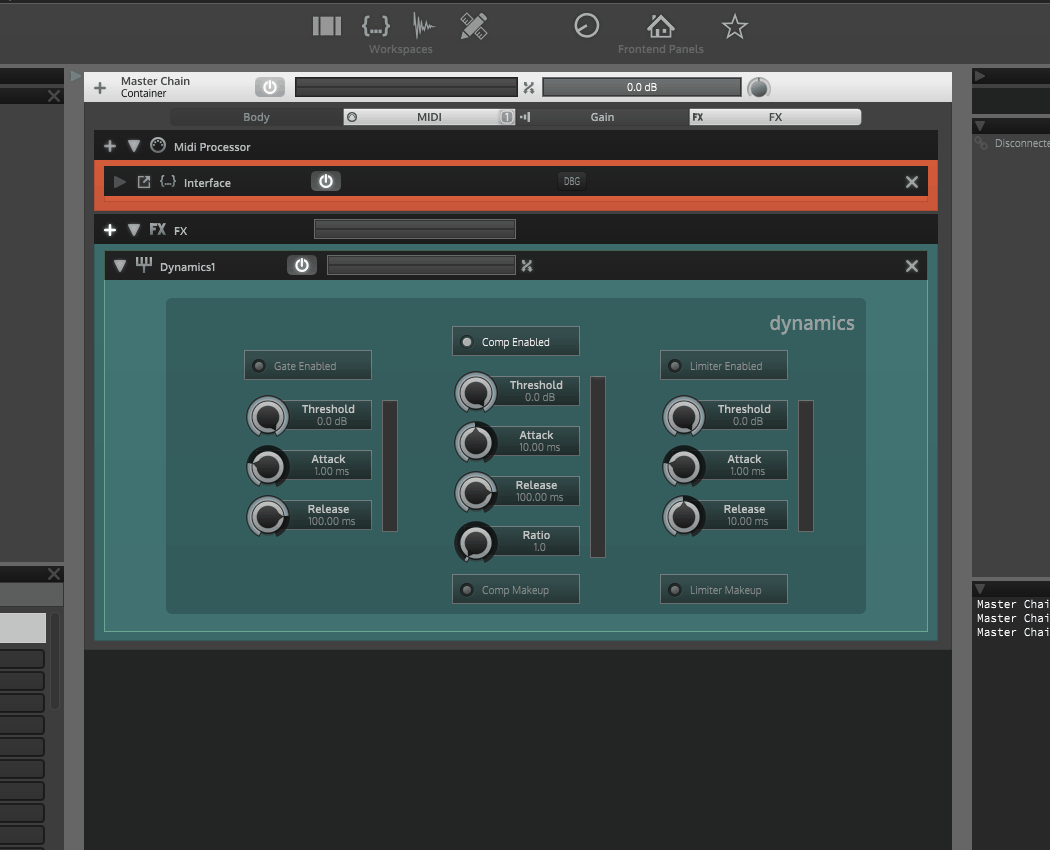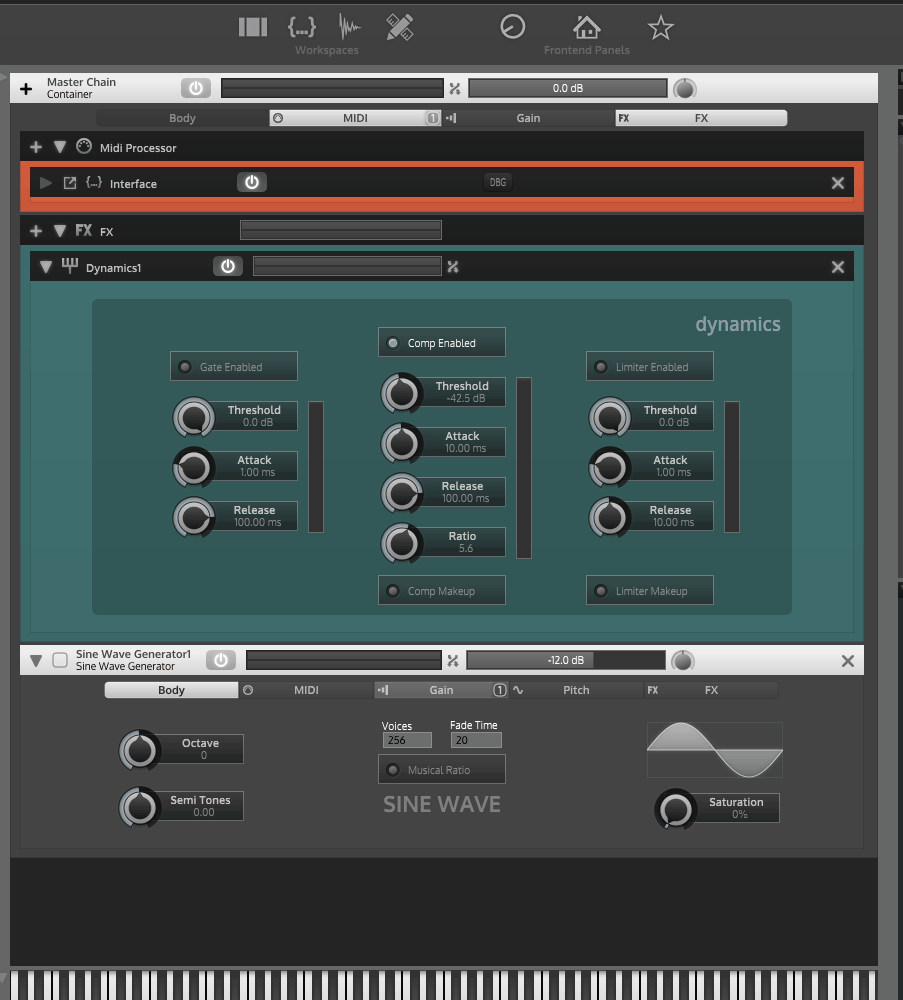I'm sure you guys know the situation... creating software for different platforms requires multiple computers. Not only do you need a Mac and PC, but you need multiple versions to test different operating systems and software updates. A few years back, I got tired of switching between multiple computers to get the job done, so I created triple boot PC/Hack/Linux machine. It works well. No complaints. Then I decided to upgrade my GPU to an RTX3090 for faster 3D rendering. It's quite a beast! The issue is MacOS does not work with Nvidia chips, so every time I wanted to boot up macos, I had to unplug my GPU. I also started to get annoyed by not being able to use multiple OS at one time. Powering down MacOS to use Windows can quickly get old.
Since I'm relying heavily on virtualization to run my mini datacenter, I took a shot at creating a virtualized workstation. The result?

One computer that simultaneously runs Monterey, BigSur, Win10, Win11, Linux desktop and Ubuntu server!
I'm still in the testing stages, but it's working wonderfully. I've successfully exported plugins from HISE on each platform.
The system is running on Proxmox. Not to be confused with things like VirtualBox or Parallels (which are type 2 hypervisors that run on top of an existing OS), Proxmox is a type 1 hypervisor. That means that your computer's actual hardware is divided up and given to each virtual machine.
Since the allocation of hardware is sectioned off and given to a Virtual Machine, that means you need a computer with a bit of horsepower to use multiple operating systems at the same time, but you may already have what you need. Or worst case, You only run 1 OS at a time with full resources.
By using some utilities like VirtualHere (share usb over ethernet) and Barriers (use one mouse/keyboard to control multiple computers) I'm able to use one set of hardware resources (usb sound card, dongles, etc) and share them with each computer. Each system sees the devices as if they are actually attached to the computer. No layer in between. The only downfall is since it's "directly attached", you can't share your sound card with multiple machines simultaneously.... I'm mean, that sounds like a nightmare anyway! hahahh
Right now, the Mac virtual machines feel like they have a little bit of lag, so I'm going to have to install a GPU for those machines to use.
If you guys are interested, I can post some details on building a machine like this.
Best posts made by Dan Korneff
-
The ultimate multi-platform workstationposted in General Questions
-
RE: vu meterposted in General Questions
It looks like you're trying to hook up a gain reduction meter to a dynamics module.
here ya go! in 13 easy steps
I'm using "right click" auto complete as much as possible.#1 - Add Dynamics module

#2 - Create a reference to the module

#3 - Create a slider and add reference

#4 - create a timer

#5 - Create function for timer

#6 - create variable to hold a reference of gain reduction

#7 - convert reduction to dB

#8 - set value of slider to gain reduction

#9 - set slider mode to decibel

#10 - Start Timer

#11 - test that reduction meter is working

#12 - set slider image to your strip

#13 - test that strip is working

-
RE: The definitive feature request & bug fix roadmapposted in Feature Requests
I would love to have SideChain inputs available in the bus routing.
https://docs.juce.com/master/tutorial_audio_bus_layouts.html
-
RE: Linking parameters to SNEXposted in General Questions
Finally had a second to make a quick video. I apologize for the poor quality and zero planning... but you get the idea
-
RE: Still getting heap space problemsposted in General Questions
I just ran into this when opening older projects on my new rig. Images and binary are way below 50mb.
Did a little searching and found that this may happen if Visual Studio doesn't use the 64 bit toolset. I think it's some kind of global change between VS2017 and 2019.
Manually setting the architecture in Environmental Variables fixed the problem for me.
https://phoenixnap.com/kb/windows-set-environment-variable
Latest posts made by Dan Korneff
-
RE: Server.downloadFile with signed Amazon S3 URLposted in General Questions
@bendurso I can't quite remember. Reading the post it seems to be related to how my webserver was redirecting the traffic. I'll take a look in the AM to see where I left off
-
RE: Linux vs ThirdParty Nodesposted in General Questions
@d-healey Exported plugins store their data (presets, documentation, etc.. ) in .config within the Company subfolder. Just like the structure on MacOS and Win. I just don't understand why it would be different for Linux.
-
RE: Linux vs ThirdParty Nodesposted in General Questions
@d-healey said in Linux vs ThirdParty Nodes:
If you delete the one in your .config folder I don't think it will change anything.
Is there any reason that HISE creates an additional folder .hise in the first place?
If AppData = ~/Application Support = .config, and HISE stores its program junk in AppData (Win) and ~/Application Support (MacOS), why doesn't it use .config on Linux for consistency? -
RE: Linux vs ThirdParty Nodesposted in General Questions
@d-healey in my distro this is also the equivalent of app data.
Not sure why both get auto-generated -
RE: Linux vs ThirdParty Nodesposted in General Questions
@iamlamprey I remember somewhere that the configuration exists in 2 different places for some reason. You might be editing the wrong one.
-
Linux + Bitwig Crash in hise::GlobalServer::WebThreadposted in Bug Reports
I’m running into a crash on Linux that I’ve traced to hise::GlobalServer::WebThread, and I’m wondering if anyone else has seen this before. The plugin runs perfectly in Linux Standalone and Reaper. Windows/macOS is fine on all DAWS.
In Bitwig on Linux, the VST3 loads fine… but crashes when HISE’s WebThread attempts to download & parse JSON (update check, preset manifest, UI image metadata, etc.)When the crash happens, the backtrace lands here:
juce::JSON::parse() juce::JSONParser::throwError() hise::GlobalServer::WebThread::run() abort()@d-healey have you encountered this before?
-
RE: Ableton Automation can't do math?posted in General Questions
I have something similar happen in Cubase. Haven't had a chance to investigate yet.
-
RE: Unlocker - How to use?posted in General Questions
@Christoph-Hart said in Unlocker - How to use?:
you can implement your own server database that handles this
yeah... at the end of the day, I created a whole License Manager wordpress plugin that communicates with the plugins.
-
RE: License Manager (Wordpress) Deactivation helpposted in Scripting
@DanH @Christoph-Hart
What OS are you testing on? I have a user on Yosemite 10.10.5 that's getting a "Status 0" reply from our server, but can login/activate/deactivate my older plugs. Thinking maybe something with a recent commit.
Might be related? -
RE: Audio Spike when loading a Neural Network node.posted in ScriptNode
@Christoph-Hart said in Audio Spike when loading a Neural Network node.:
thanks @Dan-Korneff for the contribution!
It's nice to feel useful for once

Got a few more enhancements coming soon...





